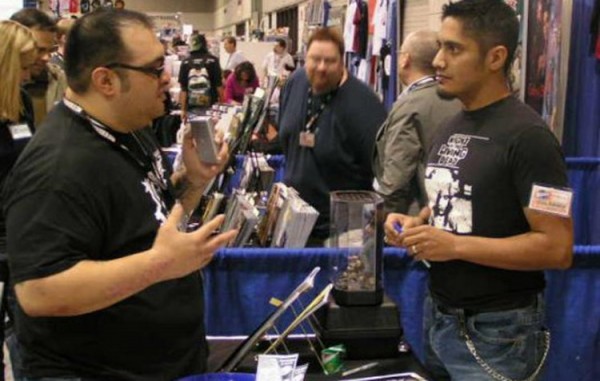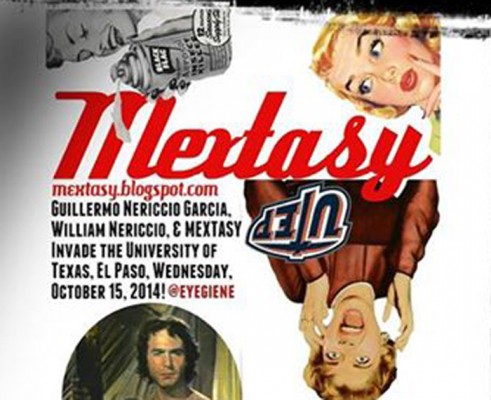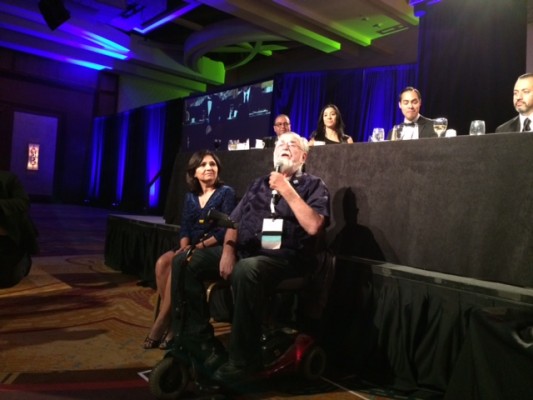The UTEP Department of Communication and the Chicano Studies program presents a lecture and exhibit by Dr. William Anthony Nericcio that examines American visual culture reflecting images and stereotypes of Latinas/os. The event, Mextasy: Seductive Hallucinations of Latina/o Mannequins Prowling the American Unconscious , will be at 5:30 pm, Wednesday, Oct. 15 in Quinn Hall Room 212 at the University of Texas at El Paso.
Mextasy is a traveling art show/exhibit based on the work of William “Memo” Nericcio and Guillermo Nericcio García. The show, originally curated by Rachel Freyman Brown, South Texas College, McAllen, Texas, had its last exhibition at Boise State University, for the Third Cinema Research Group and El Consulado de México en Boise, Idaho on April 11, 2014.
Mextasy both reflects and expands upon Nericcio’s 2007 book with UT Press, Tex[t]-Mex: Seductive Hallucinations of the Mexican in America.











